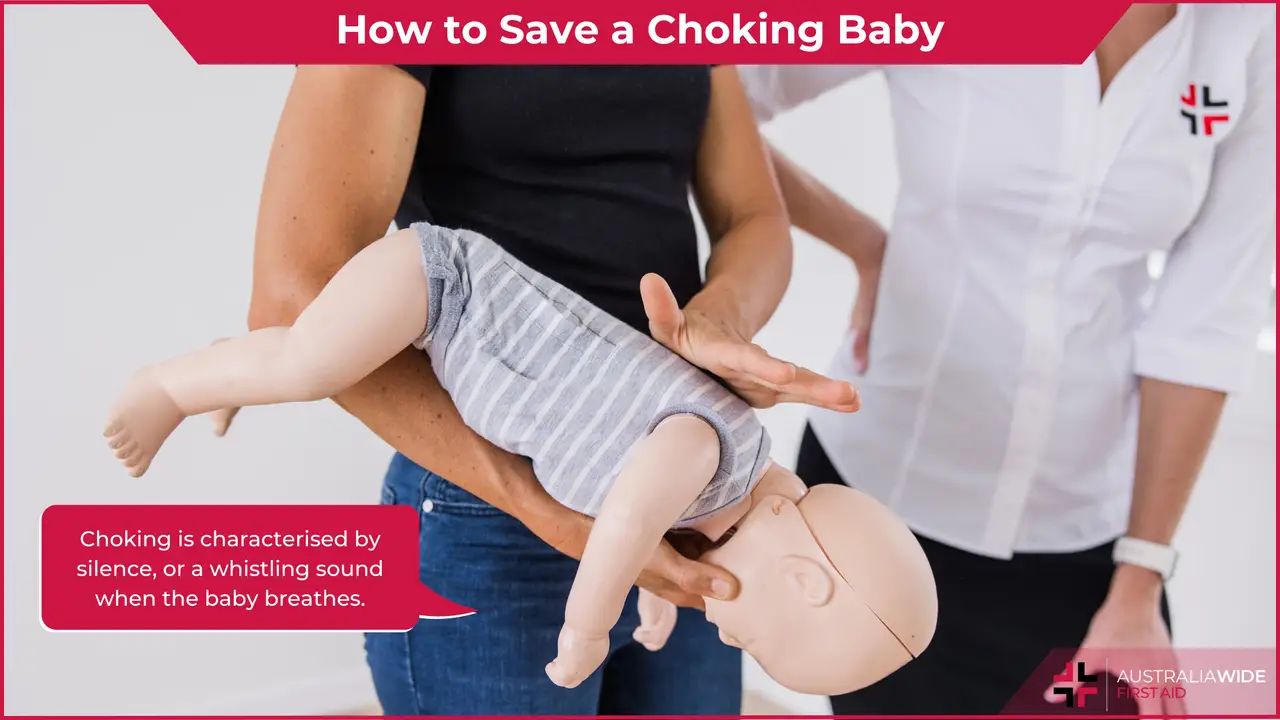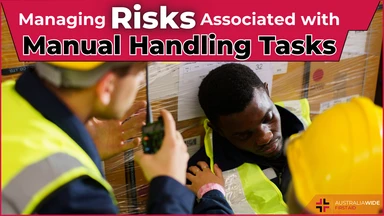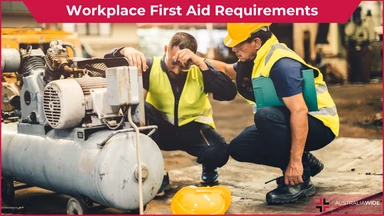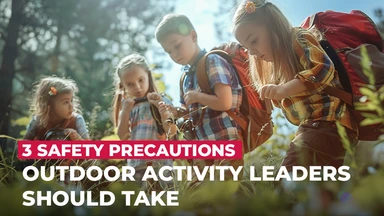How to Save a Choking Baby


Every parent knows that keeping their child safe is a top priority. From baby-proofing the house to choosing the right car seat, we take countless measures to ensure our little ones are protected.
Yet, there are moments when danger can strike unexpectedly, and one of the most harrowing experiences any parent can face is watching their baby choke.
Choking is a frightening situation that demands immediate action. Babies are particularly vulnerable to choking hazards.
In such a critical moment, knowing how to react can be the difference between a minor scare and a life-threatening emergency.
In the following sections, we will walk you through the steps to recognize when a baby is choking, the do's and don'ts of responding to a choking infant, and how to perform life-saving techniques such as infant CPR and back blows.
It can be easy to confuse choking and gagging, especially in babies and toddlers. It can be difficult to distinguish between the two, particularly when baby is beginning to eat solids.
Gagging is a natural reflex, and works to prevent objects entering the airways. Your baby may cough, splutter, retch, and turn red in the face. They may even vomit with the force of gagging. All of this is perfectly normal and natural, and is the body’s way of learning how to deal with food.
Choking occurs when something is partially or entirely blocking the airway. This could be curdled milk, food, toys, or other objects. It can happen during or after gagging, but it can also happen all of a sudden with no warning signs.
Choking is characterised by silence, or a whistling sound when the baby breathes.
They will often look scared, but won’t be able to properly cough, splutter, or cry.
If the blockage remains, they will lose access to oxygen. Their face may change colour to be quite pale, and they may start to turn blue or purple. This will be most noticeable around the lips.
Eventually, they will lose consciousness.
If your baby is choking, regardless of the cause, there are steps to take to save their life.
There are some common mistakes that are made when a baby is choking. Avoiding these mistakes will reduce the risk of making the situation worse.
Arming yourself with the knowledge and skills to effectively deal with choking is priceless.
While reading guides like this and watching videos online is certainly helpful, we strongly recommend all parents-to-be and new parents complete a CPR and first aid course.
Nothing beats hands-on practice for this sort of thing, where you can practice the techniques on infant and child manikins. This is done under the watchful eye of our incredible trainers, to help you ensure you have the confidence to act should a situation arise.
CPR and first aid techniques vary based on the age of the child, so keeping your skills up to date is important.
We recently saw news from the US of a police officer saving a choking baby during a traffic stop. If the parents had the knowledge and skills to act, they could have saved the child themselves.
Book in your first aid or CPR course today to give yourself and your loved ones the peace of mind from acquiring the skills to save lives.
For further information and advice, book yourself in for a course with us today.
We also have the following articles worth a read:
Download our chart:

October 1, 2024
Almost every job involves using the body to carry out some type of manual task. Some tasks may be hazardous, causing injuries such as musculoskeletal disorders (MSDs). Knowing how to manage them is a legal responsibility of all workplaces.

January 10, 2024
In Australia, workplace safety is a top priority, and First Aid plays a crucial role in ensuring the well-being of employees. Workplaces are expected to adhere to specific regulations and guidelines outlined by Safe Work Australia. How does your workplace stack up?

November 24, 2023
No matter how experienced you are as an outdoor activity leader, there are some things you should always do to keep your group safe. Nature can be unpredictable, and so it’s best to be prepared.